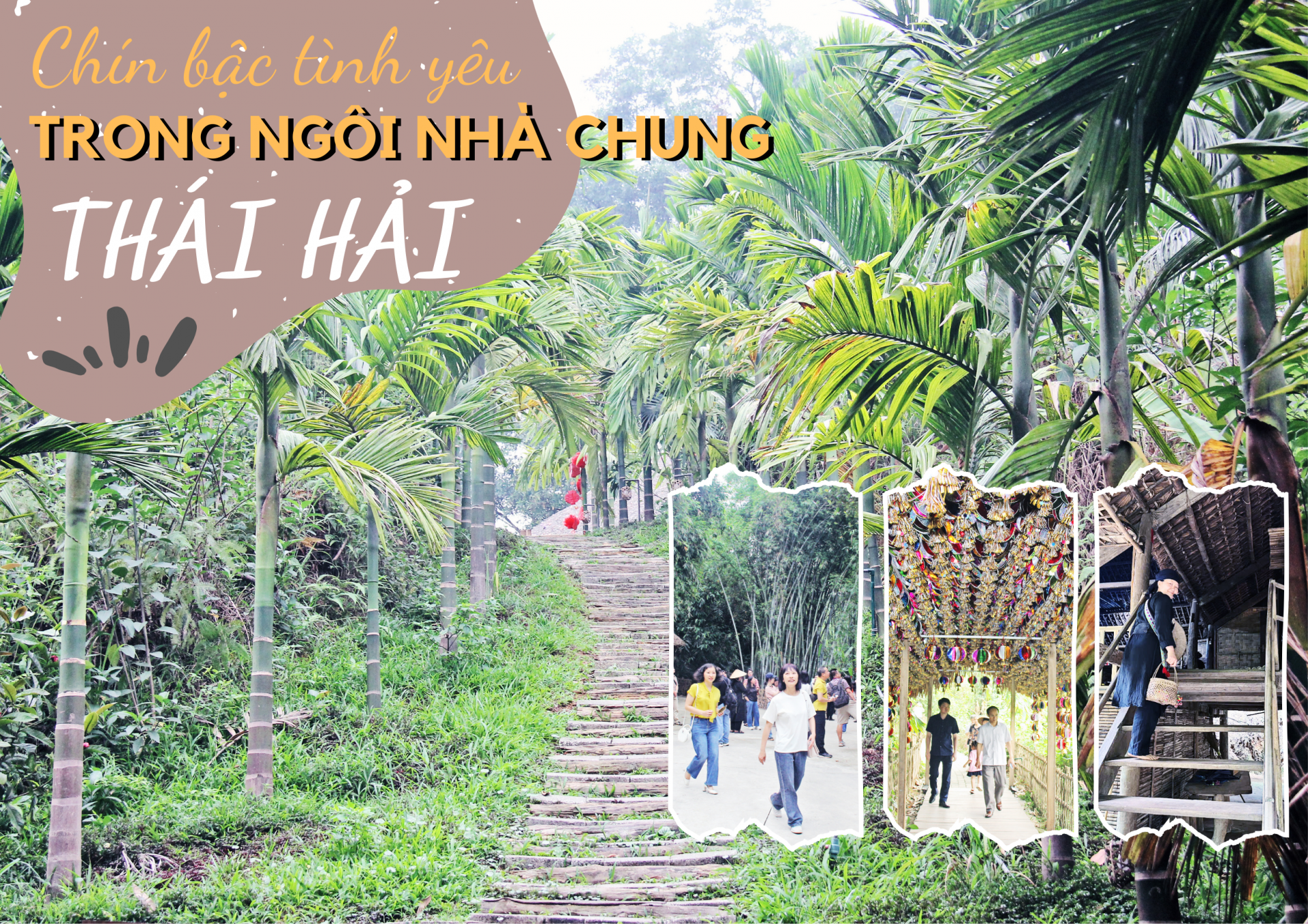 |
If you ask me which place has surprised and deeply moved me, I will not hesitate to mention Thai Hai village. I have immersed myself in Sin Suoi Ho (Lai Chau) - a love song of flowers and smiles, and also touched the simplicity of Ven village, Bac Hoa village ( Bac Giang ). But Thai Hai brings me a very different feeling...
 |
On the weekend, our colleagues from Thai Nguyen Newspaper took us to visit Thai Hai village. As soon as the car stopped in front of the gate, we were immersed in a cool green space, and somewhere we heard the sound of a wooden fish: one beat, one beat. The simple yet strange sound made the whole group surprised, not yet fully understanding the meaning...
We were greeted by Noong (younger sister) Hang - a young tour guide. With a bright smile, Hang explained: In Thai Hai, a wooden fish sound is a signal to the whole village that there is an important guest coming to visit. Guests, to Thai Hai people, are not strangers, but relatives, brothers and sisters returning home from far away.
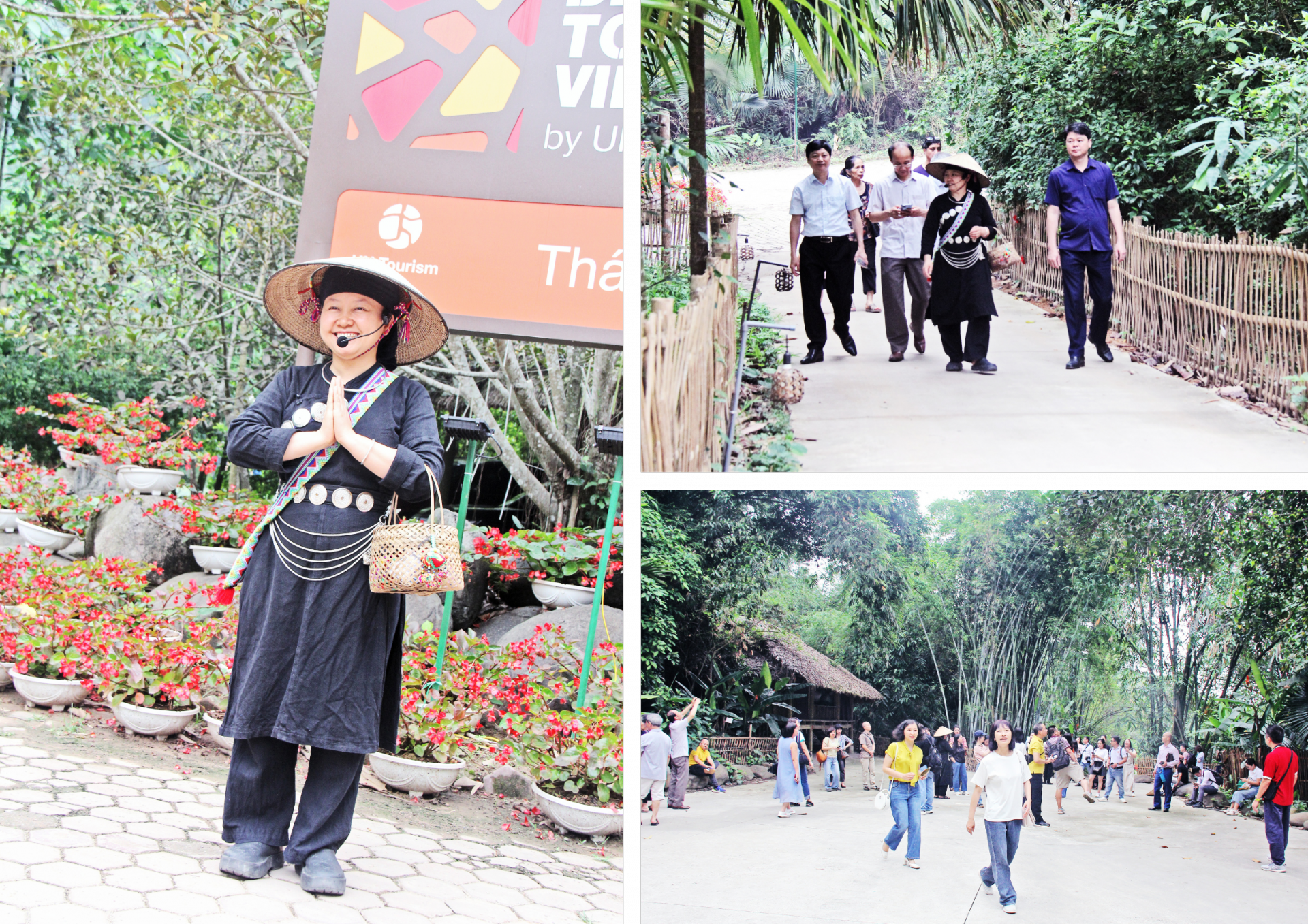 |
Just that simple sound, through that simple explanation, touched my heart. It was as if, from the very first moment, this village had gently opened its arms to welcome us with all its sharing and love.
We followed Hang on the small tree-lined path to the ancient stone well in the middle of the village. The surface of the well was crystal clear. I bent down to let the cool water flow through my fingers, as if washing away all the dust of the city, shaking off the remaining worries in my heart.
Hang smiled and said: Washing hands at the well is not just a hygiene habit. It is a ritual to purify the soul, as a way to ask permission from nature before entering the common living space, where people and plants breathe together, as naturally as breathing.
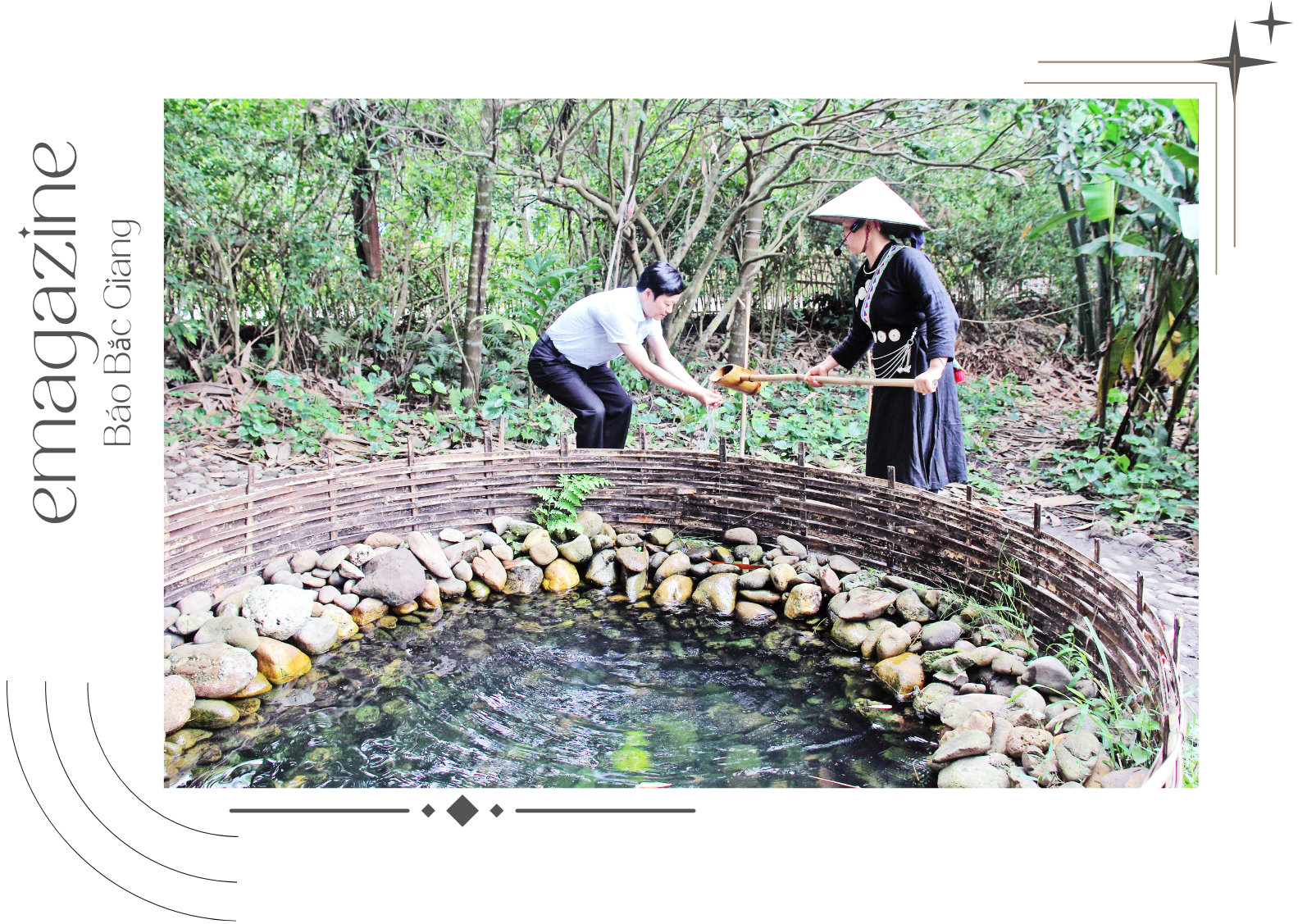 |
We went deeper into the village. The scenery that opened before our eyes was simple yet breathtakingly beautiful. There were no fake old concrete structures. There were no hastily built "check-in" areas to keep up with the fashion.
There are only the original thatched-roof stilt houses, hidden among the lush vegetable gardens, banana trees, and bamboo fences. The small village roads are paved with concrete, clean, and softly winding under the spreading tree canopies.
Banana flowers and wild flowers blooming bright red along the path like small fires lighting up the peaceful village.
With every step I take, I feel the natural rhythm of the earth and people - slow but full of vitality.
Hang said as she walked: "Here, more than 150 people live, work, and eat together. Everyone has a job and everyone is nurtured with love."
In the morning, the village wakes up to the sound of birds chirping and children laughing as they go to school. Each adult has a job: growing vegetables, cultivating traditional medicine, welcoming tourists , and preparing rustic dishes.
At mealtime, the whole village gathered around the communal dining area. The meal was simple yet warm with fragrant grilled chicken with mac mat, golden grilled stream fish, lush green forest vegetables, and fragrant sticky rice.
Life here is bustling without being noisy, peaceful without being boring. Each person has their own personality, their own color, but all blend together in a large, tidy and vibrant common home.
 |
Throughout the journey to explore the village, I always heard Hang and the villagers mention "My grandmother" with deep respect and gratitude.
"My grandmother" - that simple, affectionate way of calling her - is Mrs. Nguyen Thi Thanh Hai, the person who founded and built the Thai Hai community tourism village decades ago.
 |
In the gentle morning sunlight, amidst the peaceful atmosphere, Hang led me along and told me: Back then, when the traditional culture of the Tay people was at risk of being lost, Mrs. Hai decided to mortgage all her assets to buy back 30 ancient stilt houses. Regardless of the hardship, for 700 days, she and the people carried each pillar and each tile across 60 kilometers of bumpy forest roads, bringing them back to rebuild on the hills in My Hao hamlet, Thinh Duc commune, Thai Nguyen city.
Hang pointed to the palm-roofed houses hidden behind the trees: "The 30 stilt houses were built by my grandmother and the villagers. The palm-roofed houses and wooden pillars are all made according to the philosophy of yin and yang and the five elements, preserving the souls of our ancestors."
In the early years, life in the village was extremely difficult. But Mrs. Hai was not discouraged. Hang said that there were times when she personally dug the soil and carried her children into the forest to plant trees. It was this perseverance, patience and caring heart that built a strong belief for the whole village. From a poor and barren land, under the hands and heart of "My grandmother", Thai Hai gradually revived into a peaceful and prosperous village.
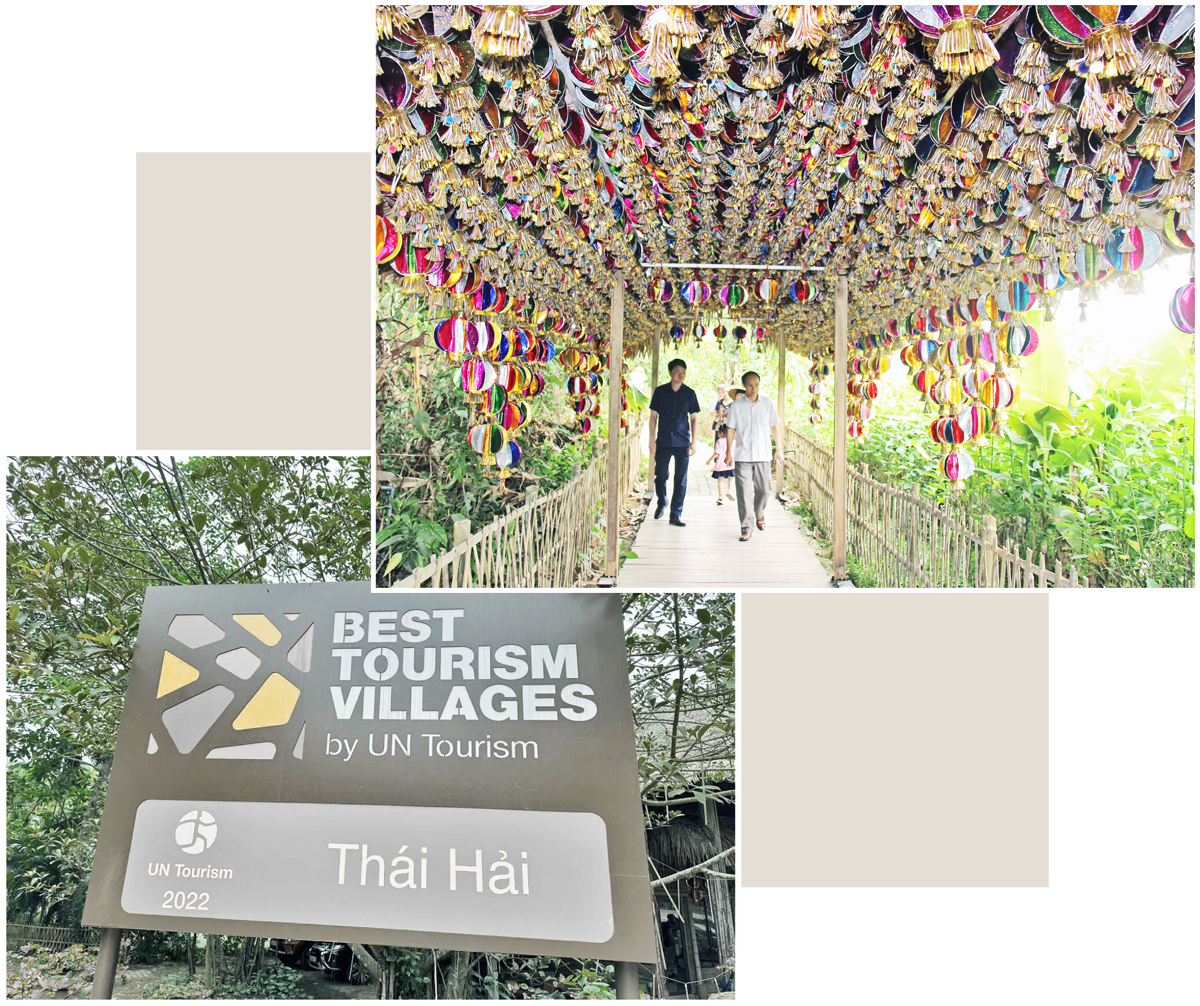 |
Hang looked up, her eyes shining with pride: "My grandmother told us to live a decent life, work decently, preserve what our ancestors left behind and build a common home together, leaving no one behind."
I silently looked around the village, my heart filled with an indescribable feeling of warmth. An ecological village, a great school of humanity, a place to return to for souls who cherish their roots – all stemming from such a compassionate, steadfast and tolerant heart.
 |
Following Hang, I visited each stilt house hidden under the shady green trees. Each house in Thai Hai is not only a place to live, but also like pages of a storybook, slowly opening before the eyes of the traveler. Ke Liem's house, where traditional medicine is processed, welcomed us with the scent of wild wormwood leaves wafting in the wind. I was offered a cup of liver-cooling tea, the water as golden as honey, as sweet as the hearts of the locals. Hang smiled and said that each medicine here is the crystallization of the forest seasons, the silent knowledge left by our ancestors, preserved like a treasure in everyday life.
Right next door, Ke Dang’s house appears rustic with rows of wine jars made from Morinda officinalis, Ganoderma lucidum, and Banana seeds, neatly arranged, with carefully handwritten labels like souvenirs of the mountains and forests. Hang said that each wine jar is not only a precious medicine, but also a memory of a forest season preserved with all care. In this place, tourism products are not something elaborately decorated, but are real life: real work, real sharing, real love.
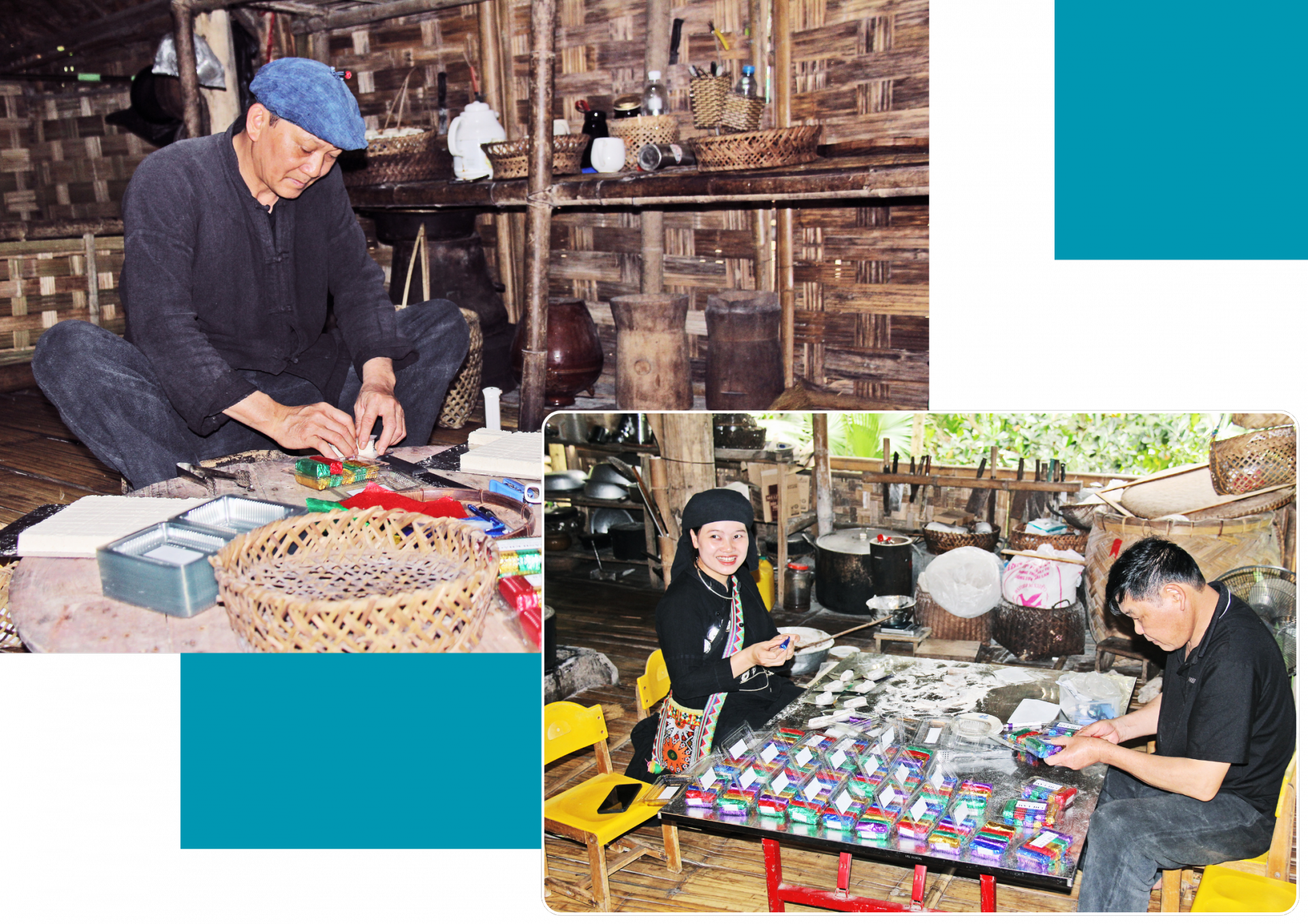 |
Turning a small path, we stopped in front of the prayer house, where 2,022 colorful wishing balls were hanging and swaying in the wind. Each ball was a small, simple yet profound wish of visitors from all over the world who had set foot in the village. When the early morning sun shone through, the balls sparkled, like dreams whispering to nature.
Walking slowly through the village yard, I stopped in front of a stilt house with nine wooden steps that had worn out with time. Hang smiled, her hand gently pointing: "These are the nine steps of love..." I had heard the song Nine Steps of Love many times, and had hummed its soaring lyrics, but today, for the first time in my life, I had the chance to touch the actual steps with my own eyes - each step, each worn mark as if imprinted with countless years. Setting foot on the first step, I suddenly remembered the lyrics: "The first steps, mother led me up each step."
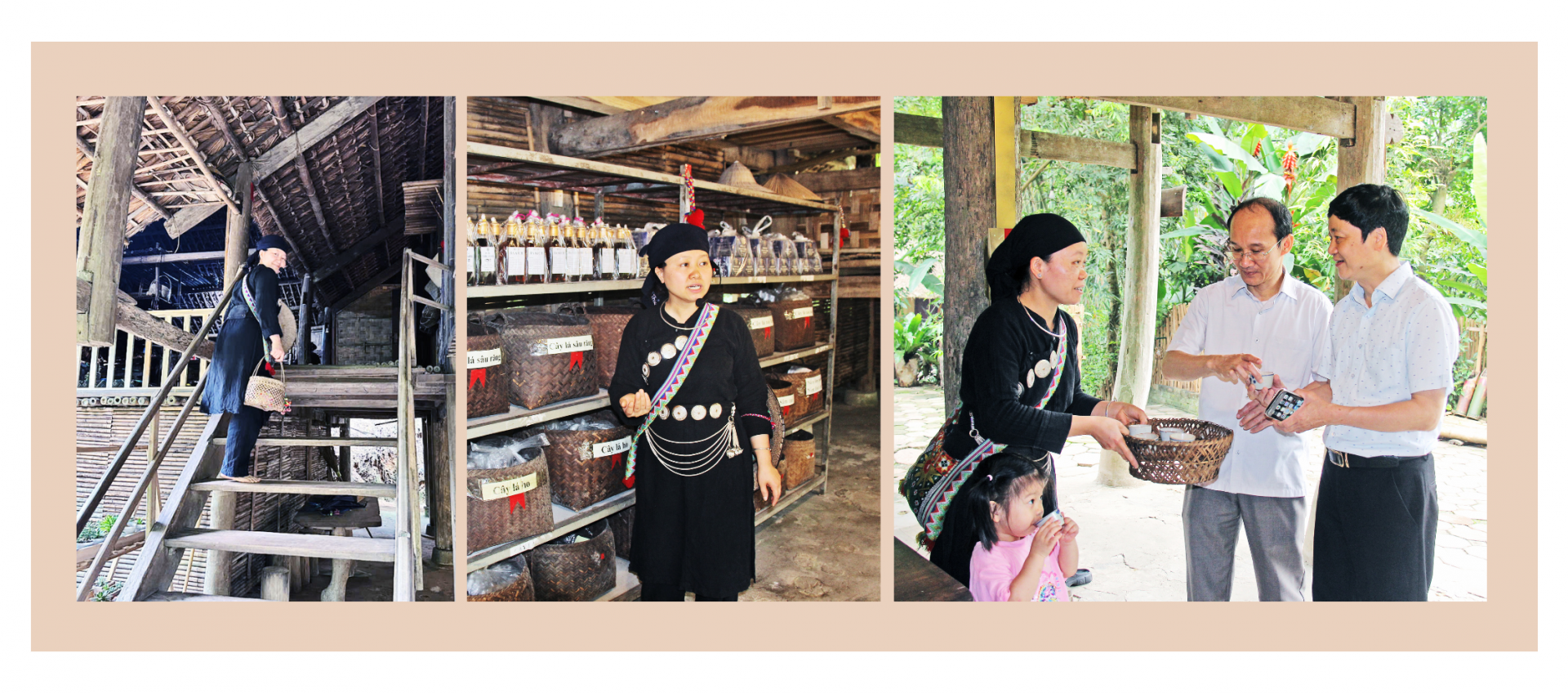 |
Nine steps – nine levels of emotions – guide our steps, guide our souls, take us from the past to the present, from childhood to the aspirations of life. A very ordinary moment that I know I will carry with me forever.
 |
Following Hang, from the sound of the village gong, the cool water of the ancient well, I passed through the stilt houses telling stories and stopped before the nine steps of love worn by time. A Thai Hai appeared before my eyes - pristine, rustic but full of enduring vitality.
Hang led the way and told the story, without flowery words, just with very real things: daily work, simple meals together, peaceful eyes in the middle of nature. I quietly observed, quietly compared. There was no flashy display, no fake old concrete structures. There were only skillful hands arranging life in an orderly, professional way while still preserving the simplicity and sincerity of identity.
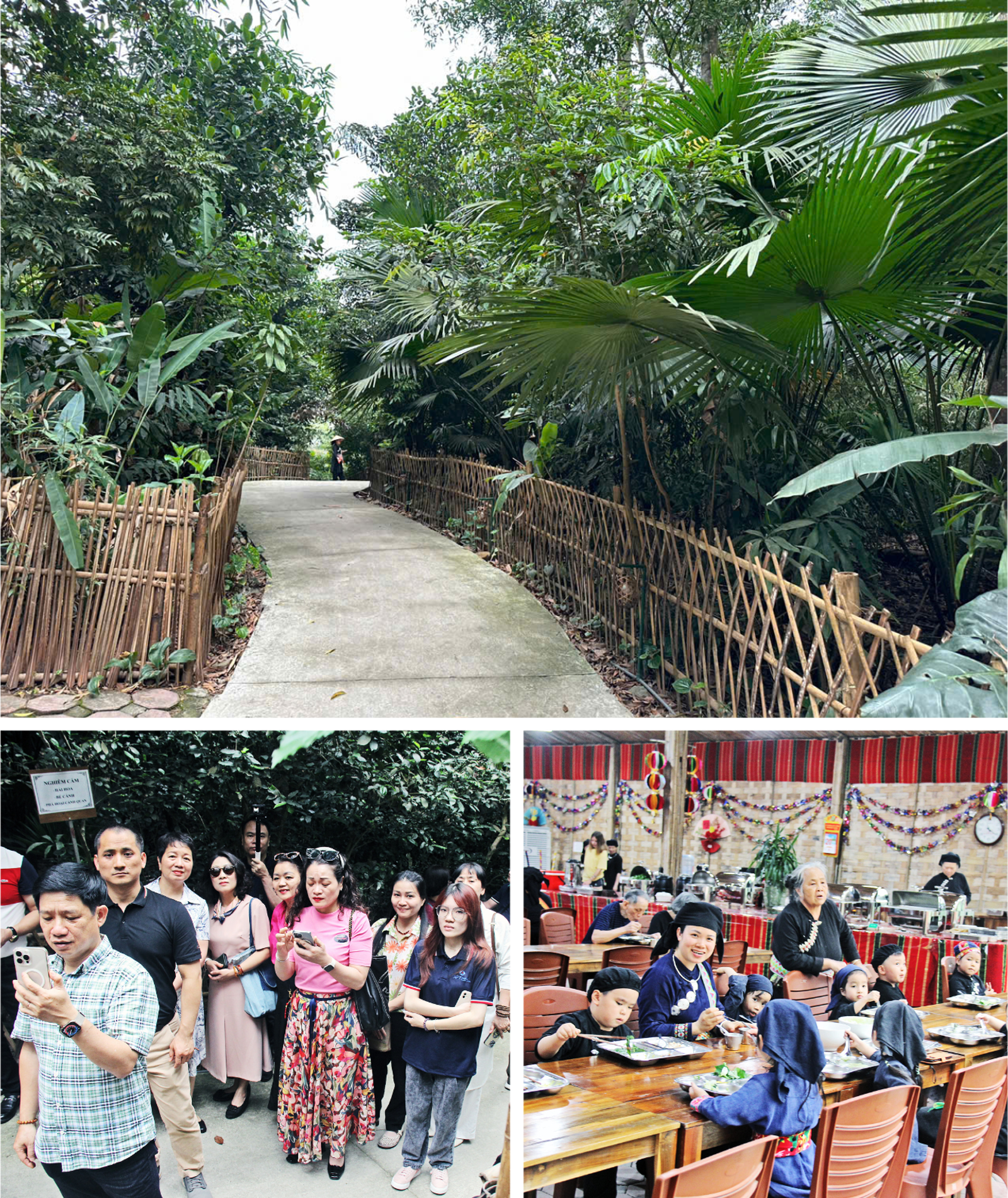 |
In Thai Hai, tourism products are not stages set up for performances, but real life, breathing real life every day, where every step, every breath is filled with love and trust.
According to colleagues from Thai Nguyen Newspaper, Thai Hai village welcomes tens of thousands of tourists every year, from all regions of the country and many countries around the world. With a capacity of more than 1,200 guests at a time, Thai Hai attracts by its scenery, cuisine and way of life: sincere - kind - loving - united.
In 2022, the village was honored by the World Tourism Organization (UNWTO) as the "Best Tourist Village in the World" - a worthy title for the living values that have been quietly cultivated for more than two decades. The name Thai Hai has made its mark on the world community tourism map with those same sustainable values: not colorful, not ostentatious, but quietly spreading its fragrance like a branch of wild flowers.
 |
As the afternoon light gently covered the thatched-roof stilt houses, I walked slowly through the village yard, listening to the rustling of the wind in the treetops, watching the warm smiles in the sunset. Without asking any more, I understood: where there is love and trust, there is strength – a quiet but enduring strength, enough to preserve a village, a community, a dream of living together in nature.
I promised myself that I would return to Thai Hai – not just to drink another cup of tea to cool the liver, not just to listen to another distant wooden fish sound, but to live more slowly, to live more deeply in the big house filled with love and steadfast faith – where every step I take I see the sky and earth smiling.
Source: https://baothainguyen.vn/multimedia/emagazine/202505/chin-bac-tinh-yeu-trong-ngoi-nha-chung-thai-hai-39520b7/






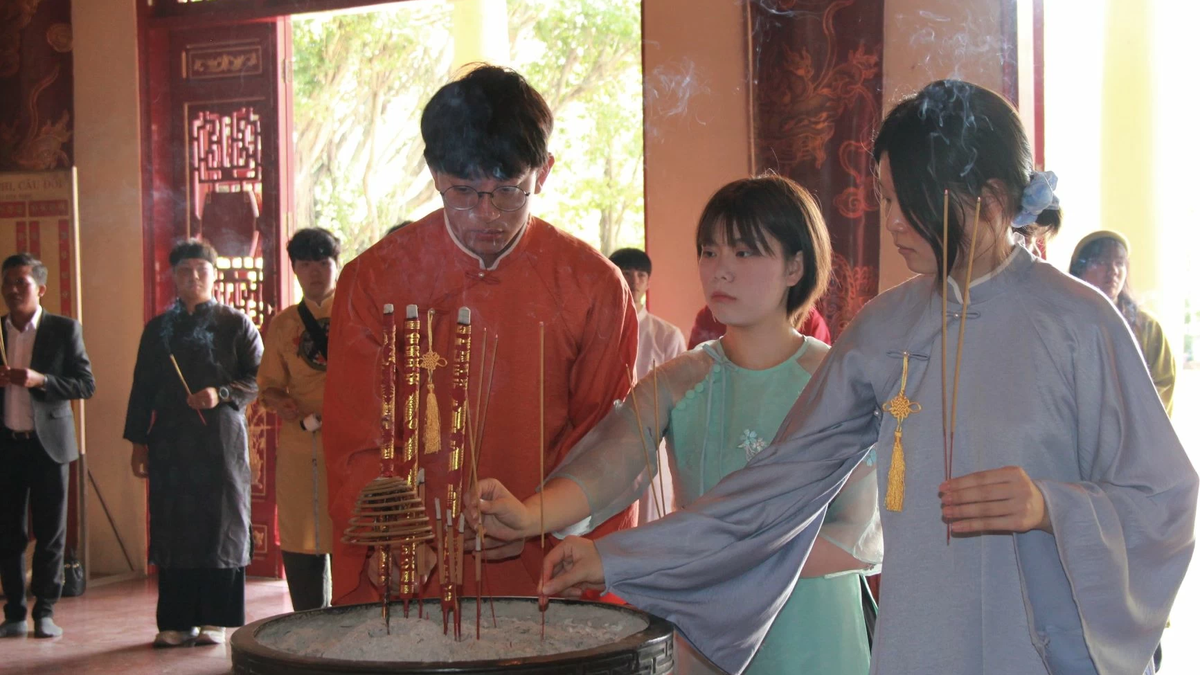

























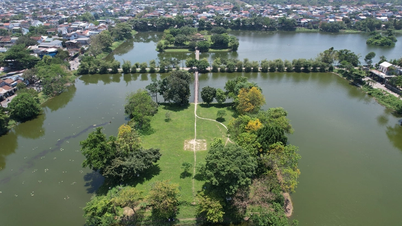



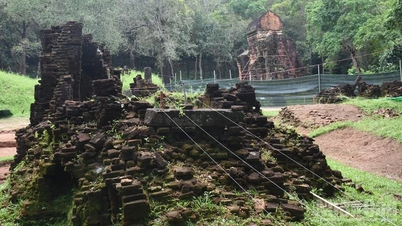


























































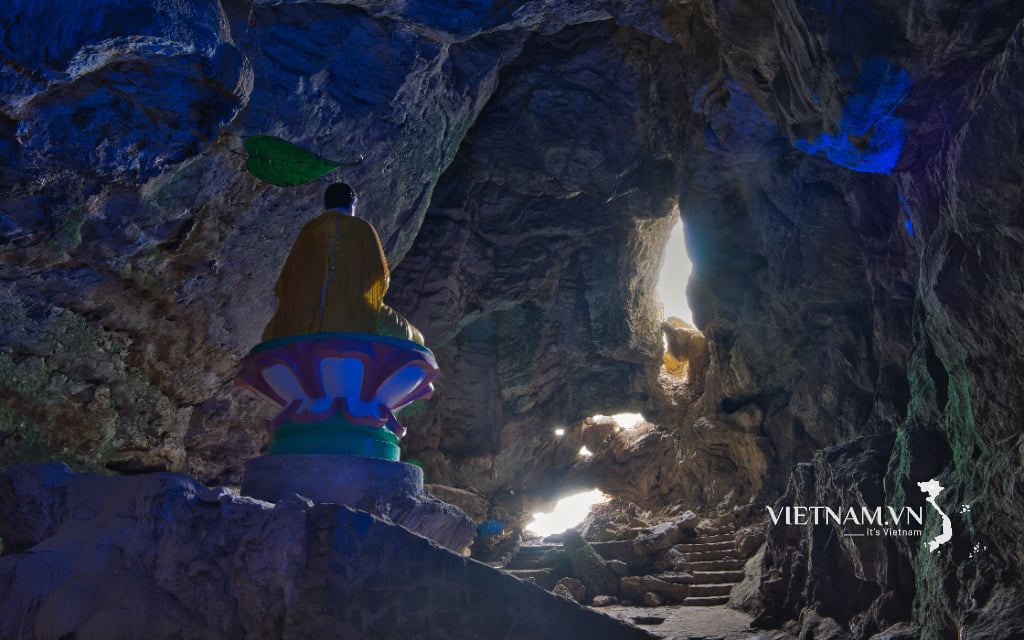


Comment (0)